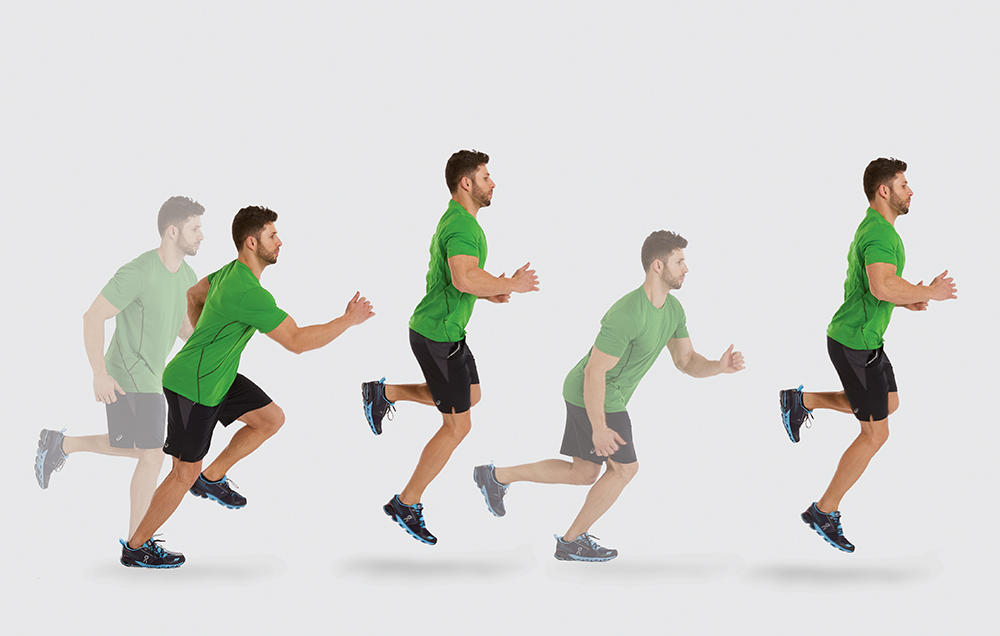

These muscles are the glutes, hamstrings and lower back. The muscles of the hip extensors should be given special attention because they are usually the weak links in the large majority of athletes. Lifting maximal weights such as performing a 1 repetition max in the bench press or squat will test your limit strength capacity.Īttention should be paid to developing limit strength in the muscles of the quadriceps, glutes, hamstrings, lower back and calves, as these are the most important muscle groups for sprinting and jumping. Limit strength can also be thought of as the strength of your muscles when speed of movement is of little consequence.

This is the amount of force you can apply irrespective of time. This is influenced by the following strength qualities. In order to display optimal levels of power you obviously must have good levels of strength and speed. This is why the ability to jump high and the ability to accelerate quickly have such a good correlation. In the vertical jump you only have about.

20 seconds but as you gain top speed and your stride frequency increases your legs naturally move faster so you only have about. 20 seconds to apply maximal power with each foot-strike. Realize in a sprint you have anywhere from.

The more power you apply with respect to your bodyweight - the higher you're going to go - and with respect to technique - that's about all there is to it! Time Of Force Application In the vertical jump, you can again think of power as the amount of force you put into the ground at toe-off, which is responsible for the speed at which you leave the ground and the height that you jump. So, you can increase your speed by either increasing your stride length or increasing your stride frequency with the largest potential increases coming from an increase in stride length, where power is of utmost importance. Your stride length is then combined with your stride frequency or the speed at which you cycle your legs when you sprint, to determine your running speed. This is what is responsible for your stride length. Obviously the greater the force, the more ground you're going to cover with each stride. When performing a sprint, you can think of power as the amount of force that you apply into the ground with each stride. If you've read the power training article you know that power is a combination of strength and speed. Speed and jumping ability both require an athlete to display large amounts of power. Understand that different training means have different influences on speed and vertical jumping ability. For example, someone who's lacking in basic strength will get great results with common strength exercises such as the squat.Īnother person might have plenty of strength, but not enough "spring", so an exercise like depth jumps will be his best training tool while the squats will do far less. Have you ever seen a good sprinter who can't jump high and a good leaper who's slow as molasses? Me neither.įirst understand that there can't be a single best exercise for everyone because different training has different effects and the type of strength that one person needs to improve his or her speed and jumping ability may be the opposite of what another needs. To prove this all you have to do is take a look around. In fact, due to this, you can many times get faster without running, and jump higher without jumping, as long as you're enhancing the type(s) of strength required in each through your training regimen. This is because the qualities of strength required are similar. In fact, the ability to accelerate quickly and jump high correlate well with each other. Instead of wasting your time I'll break speed and leaping ability down and show you the exact qualities your workouts must target and then give you the secrets, or exercises, that will enable you to hit those targets and make the most of your training time.Ī lot of you may wonder if the exercises to improve one area (speed or jump) work to improve the other. I'll give you some of the top proven exercises for both speed and vertical jump improvement. In this article I'll attempt to shed some light on these questions and help you avoid going round and round playing a game of pin the tail on the donkey searching for that elusive magic bullet.


 0 kommentar(er)
0 kommentar(er)
